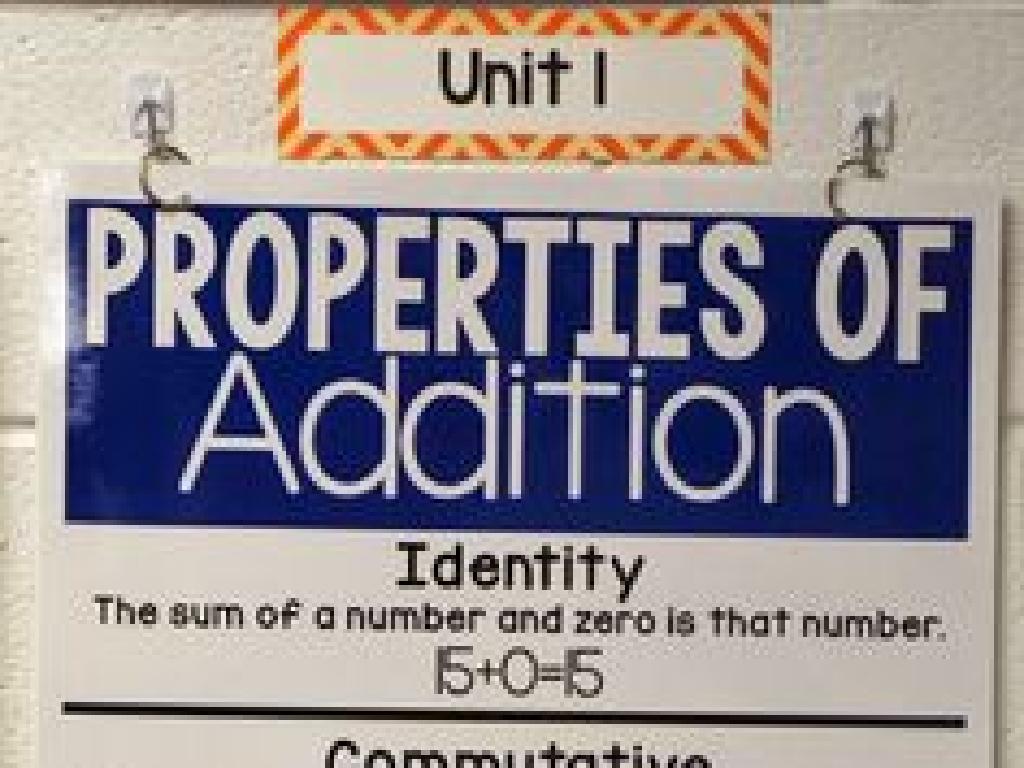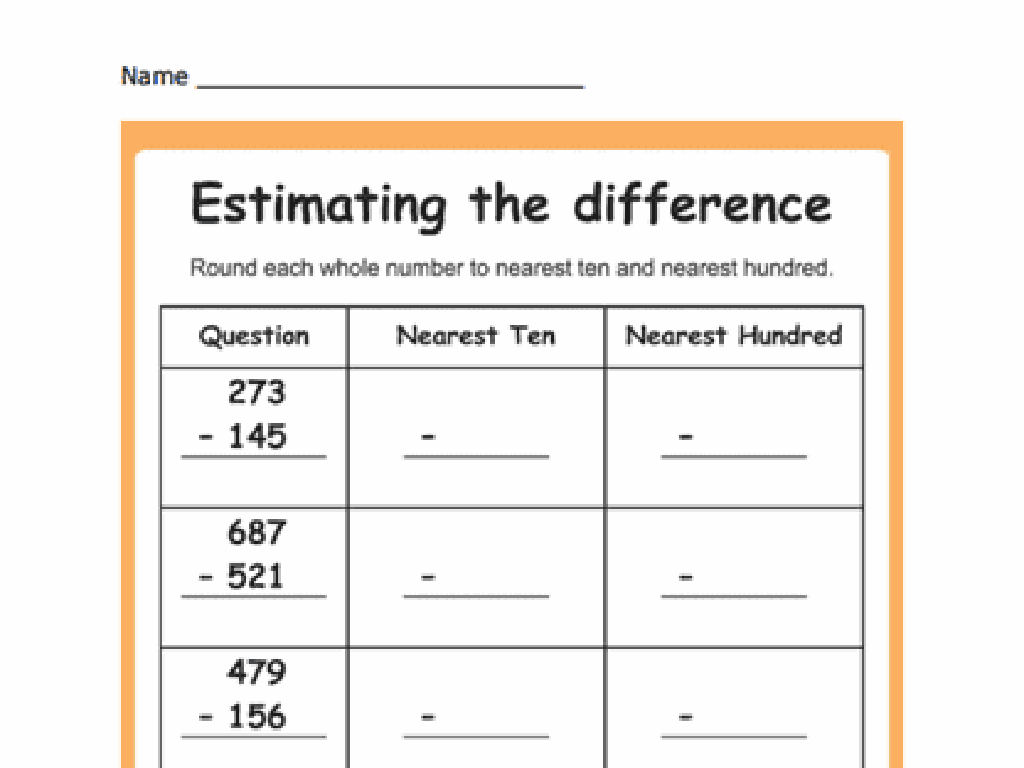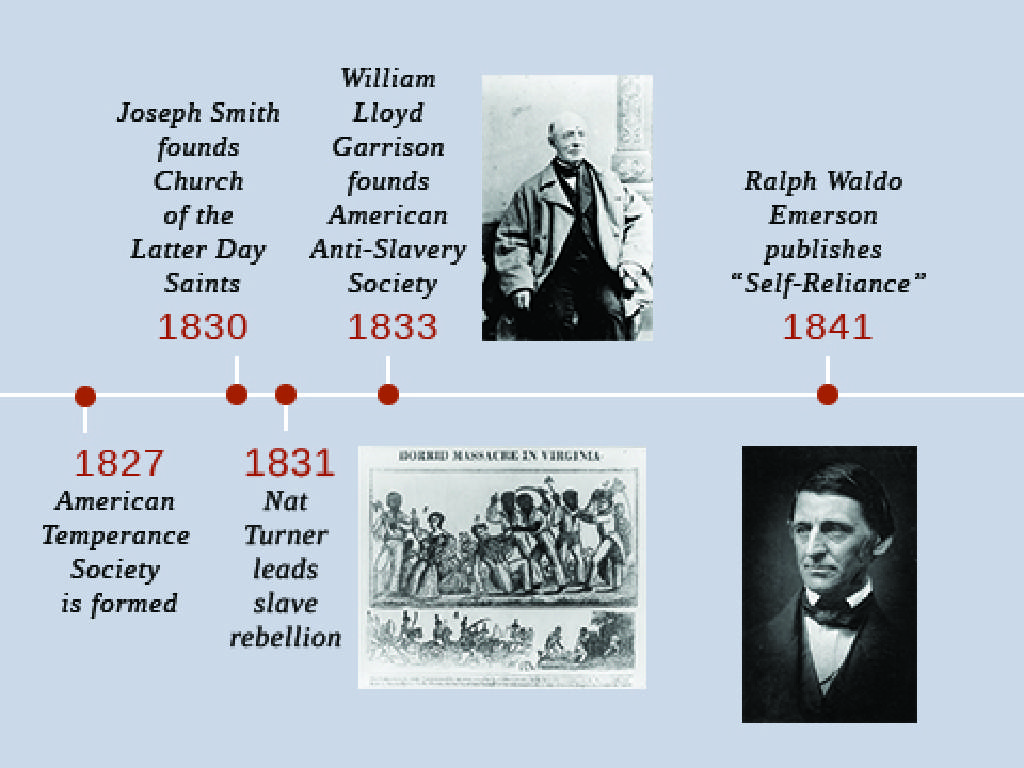Form Regular Plurals With -S And -Es
Subject: Language arts
Grade: Third grade
Topic: Nouns
Please LOG IN to download the presentation. Access is available to registered users only.
View More Content
Welcome to Nouns: Singular and Plural
– Greet and introduce today’s class
– Review: What is a noun?
– A noun is a person, place, thing, or idea
– Singular vs. plural nouns
– Singular noun: one item, plural noun: more than one
– Forming plurals with -s and -es
– Add ‘s’ or ‘es’ to make most nouns plural
|
Begin the class with a warm welcome and an introduction to the day’s topic in Language Arts, which is about understanding nouns and how to form plurals. Start with a quick review of nouns, ensuring that students recall that nouns represent people, places, things, or ideas. Then, differentiate between singular and plural nouns, explaining that singular nouns mean one item, while plural nouns mean more than one. Introduce the concept of adding ‘s’ or ‘es’ to a singular noun to make it plural, such as ‘cat’ becoming ‘cats’ and ‘box’ becoming ‘boxes’. Use visual aids and examples to reinforce the lesson. The goal is for students to grasp the basic rules of forming regular plurals and to prepare them for practice activities in the following slides.
Understanding Plurals: -s and -es
– Plurals mean more than one item
– Singular to plural noun examples
– ‘Cat’ becomes ‘cats’, ‘dog’ becomes ‘dogs’
– Adding -s to make nouns plural
– Most nouns get an -s: ‘book’ to ‘books’, ‘apple’ to ‘apples’
– When to add -es for plurals
– Add -es if noun ends in s, x, z, ch, or sh: ‘bus’ to ‘buses’, ‘box’ to ‘boxes’
|
This slide introduces the concept of plurals to third-grade students. Begin by explaining that plurals refer to more than one of something. Use visual aids or objects to show singular nouns and then add more to demonstrate their plural forms. Emphasize the general rule of adding -s to most nouns to make them plural, such as ‘car’ to ‘cars’ and ‘pen’ to ‘pens’. Then, explain the specific cases where -es is added, particularly when nouns end in s, x, z, ch, or sh. Provide examples and encourage students to come up with their own examples in both categories. This will help them understand and remember the rules for forming regular plurals.
Forming Plurals with -s
– Rule for adding -s to nouns
– Add -s to make a noun plural like ‘book’ to ‘books’
– Examples: cats, dogs, cars
– ‘cat’ becomes ‘cats’, ‘dog’ turns into ‘dogs’, and ‘car’ changes to ‘cars’
– Practice saying plurals
– We’ll say ‘pens, hats, mats’ out loud as a class
– Writing plural nouns together
– Let’s write ‘bats, pigs, cups’ on our whiteboards
|
This slide introduces the basic rule for forming plurals in English by adding -s to the end of most nouns. Start by explaining that when we have more than one of something, we usually add -s to the end of the word. Provide clear examples that follow this rule and are relevant to the students’ everyday experiences. Engage the class in a group activity where they practice saying the plural forms of these nouns aloud to reinforce pronunciation. Follow this with a writing activity where students write down the plural forms of given nouns on their whiteboards or paper, allowing them to visualize the rule in action. This will help solidify their understanding of the concept through both auditory and visual learning methods.
Forming Plurals with -es
– Add -es to nouns ending in -sh, -ch, -s, -x, -z
– For words like ‘brush’, ‘church’, ‘bus’, ‘box’, ‘buzz’, we add -es to make them plural.
– ‘bush’ turns into ‘bushes’
– Examples: one bush, two bushes
– ‘watch’ changes to ‘watches’
– Examples: one watch, two watches
– Practice writing and saying plurals
– We’ll write these on the board and practice together.
|
This slide introduces the rule for forming plurals with -es. Focus on the specific endings that require -es when making a noun plural: -sh, -ch, -s, -x, and -z. Provide clear examples with ‘bush’ and ‘watch’ to illustrate the concept. Engage the class in a practice activity where they say the singular and plural forms aloud, and then write them down to reinforce the lesson. Encourage students to come up with additional examples and correct any misconceptions about when to use -es versus -s for forming plurals.
Let’s Practice Plurals!
– Interactive plural form practice
– Decide when to use -s or -es
– Is it ‘cats’ or ‘cates’? How about ‘buses’ or ‘bus’s’?
– Correct examples as a group
– Discuss tricky nouns together
– Words like ‘child’ to ‘children’ don t follow the rule
|
This slide is for an interactive class activity focused on forming regular plurals. Start by engaging students in a group practice where they identify whether to add -s or -es to make nouns plural. Use common examples like ‘cat’ to ‘cats’ and ‘bus’ to ‘buses’. Correct the examples together, ensuring that students understand why certain nouns require -es instead of just -s. Address any tricky nouns that don’t follow the regular pluralization rules, such as ‘child’ to ‘children’, and explain that English has exceptions. The goal is to make the learning process collaborative and fun. Possible activities: 1) Word sorting game with -s and -es endings, 2) Plural form team challenge, 3) ‘Fix the mistake’ on pre-written sentences, 4) Create a class plural noun chart, 5) Story creation with plural nouns.
Activity Time: Plural Scavenger Hunt
– Understand the scavenger hunt rules
– Work in pairs to find items
– Find classroom objects and discuss their singular and plural forms
– Write singular and plural forms
– For example, ‘book’ becomes ‘books’, ‘box’ becomes ‘boxes’
– Encourage creativity and teamwork
|
This activity is designed to help students apply their knowledge of forming regular plurals by adding -s or -es. Students will work in pairs to foster teamwork and communication. They will search the classroom for various items, writing down both the singular and plural forms of the nouns they find. Encourage them to think creatively and discuss why some words end in -s while others in -es. After the activity, have each pair share their findings with the class to reinforce their learning. Possible variations of the activity could include a timed challenge, categorizing items, or even creating a story using the plural nouns they have listed.
Wrapping Up: Plurals with -s and -es
– Review plural formation rules
– Add -s to most nouns, -es to nouns ending in s, x, z, ch, sh
– Share scavenger hunt learnings
– What new words did you find? How did you make them plural?
– Address any questions
– Provide feedback and encouragement
– Great job today! Remember, practice makes perfect.
|
As we conclude today’s lesson, revisit the key rules for forming regular plurals. Encourage students to share their experiences and discoveries from the scavenger hunt activity, emphasizing the practical application of the rules they’ve learned. Be prepared to answer any lingering questions to ensure a solid understanding of the concept. Offer personalized feedback, highlighting both the progress and areas for improvement observed during the activity. Reinforce the importance of practice in mastering the formation of plurals and acknowledge their efforts to foster a positive learning environment.






